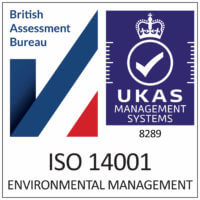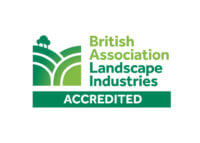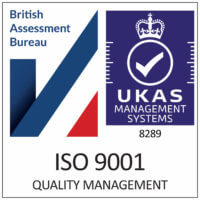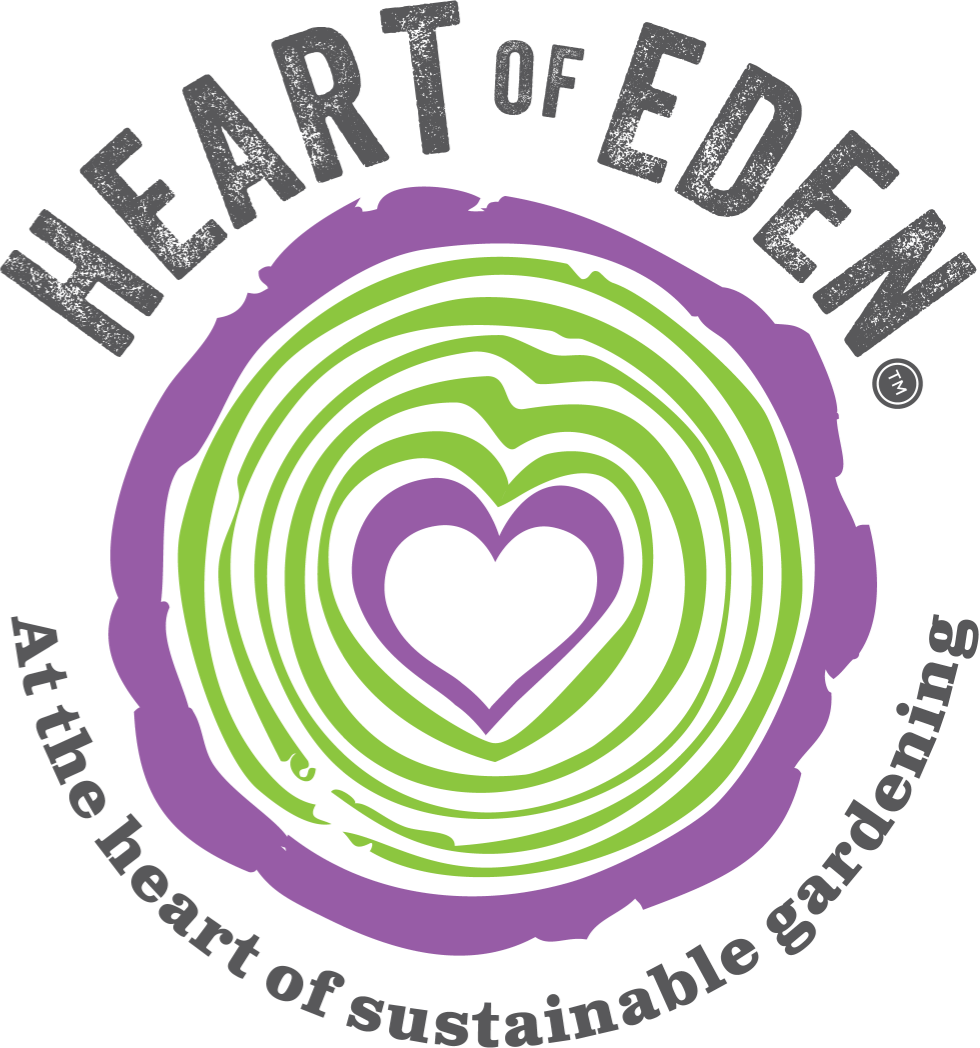Tips for Preparing Your Garden Soil with Peat-Free All-Purpose Compost
Oct 16th 2023
Are you ready to transform your garden into a lush oasis? Look no further than our handy tips on preparing your garden soil with peat-free all-purpose compost. Whether you’re a seasoned gardener or just starting out, this article will guide you through the steps to ensure your soil is rich, fertile, and ready for planting. Say goodbye to peat and hello to environmentally friendly gardening practices as you discover the secrets to nurturing your plants and creating a thriving garden ecosystem. Get your gardening gloves on and let’s dig in!
Choosing the Right Peat-Free All-Purpose Compost
Understanding the Importance of Peat-Free Compost
When it comes to gardening, choosing the right type of compost is essential for the health and vitality of your plants. Peat-free compost is becoming increasingly popular due to its environmental benefits. Traditional compost often contains peat, which is harvested from sensitive ecosystems such as peat bogs. Using peat contributes to habitat destruction and releases carbon dioxide, a greenhouse gas, into the atmosphere. By opting for peat-free compost, you can help protect our environment and still enjoy a thriving garden.
Testing Your Garden Soil
Conducting a Soil pH Test
Before preparing your garden bed, it’s crucial to conduct a soil pH test to determine the acidity or alkalinity of your soil. This is important because different plants thrive in different pH levels. Acid-loving plants, such as azalea and blueberries, prefer a more acidic soil, while alkaline-loving plants, such as lavender and lilacs, thrive in a more alkaline environment. A simple soil pH test kit can be purchased from a garden center or online. Follow the instructions provided to collect a soil sample and test its pH level. This will help you determine whether any adjustments need to be made before adding peat-free all-purpose compost.
Identifying Drainage and Moisture Retention
The ability of your soil to drain excess water and retain moisture is crucial for plant health. Before preparing your garden bed, take some time to evaluate the drainage and moisture retention of your soil. Excessive water retention can lead to root rot and other issues, while poor drainage can result in waterlogged soil. Assess the soil’s texture and structure, paying attention to its ability to absorb and drain water. This will help you understand whether any adjustments are required to improve drainage or moisture retention.
Preparing the Garden Bed
Clearing the Existing Vegetation
Before you can start preparing your garden bed, it’s important to clear away any existing vegetation. Remove any weeds, grass, or unwanted plants from the area. This ensures that the peat-free all-purpose compost and other organic matter you add to the soil will have direct contact with it, allowing for optimal nutrient absorption by your plants. Additionally, removing existing vegetation helps prevent the competition for resources and reduces the risk of pests and diseases.
Removing Weeds and Unwanted Debris
Alongside clearing existing vegetation, it’s crucial to remove any weeds or unwanted debris from the soil. Weeds not only compete with your plants for nutrients and sunlight but can also harbor pests and diseases. Take the time to manually remove weeds, making sure to pull out the entire root system to prevent regrowth. Remove any rocks, sticks, or other debris that may interfere with the quality and structure of your soil. This will help create a clean and healthy environment for your plants to thrive.
Loosening the Soil with a Garden Fork
To prepare your garden bed for peat-free all-purpose compost, it’s important to loosen the soil. This process improves the soil’s structure, allowing for better drainage and root penetration. A garden fork is a useful tool for loosening the soil without causing significant disruption to its structure. Insert the fork into the soil and gently rock it back and forth to break up any clumps. Avoid overworking the soil, as excessive tilling can lead to compaction and hinder root growth.
Fixing any Soil Drainage Issues
While loosening the soil, pay attention to any existing soil drainage issues. If you notice areas where water tends to pool or puddle, it may be necessary to address these problems before adding peat-free all-purpose compost. Poor drainage can suffocate plant roots and lead to root rot. One solution is to create drainage paths or channels by gently sloping the soil away from the affected area. Alternatively, you can install raised beds, which provide improved drainage compared to traditional garden beds.
Amending the Soil with Organic Matter
Adding Peat-Free All-Purpose Compost in the Recommended Quantity
One of the key steps in preparing your garden soil is to add peat-free all-purpose compost. This organic matter enhances the soil’s fertility, moisture retention, and nutrient content. Follow the manufacturer’s guidelines and recommendations to determine the appropriate quantity of compost to add based on the size of your garden bed. Spread the compost evenly over the bed, ensuring it is properly mixed into the top few inches of soil. This will provide a nutritious foundation for your plants to grow and thrive.
Addressing Soil pH Imbalances
Lowering Soil pH for Acid-Loving Plants
If you have acid-loving plants in your garden, such as rhododendrons or blueberries, you may need to lower the soil pH to create an environment that suits their needs. Adding organic materials like peat moss or composted pine needles can help lower the pH over time. Alternatively, you can use pH adjusting products specifically designed for this purpose. Carefully follow the instructions provided with the product to ensure you achieve the desired pH level without causing harm to your plants.
Increasing Soil pH for Alkaline-Loving Plants
For plants that thrive in alkaline soil, such as lavender or lilacs, it may be necessary to increase the soil pH. Adding lime or wood ash to the soil can help raise the pH level gradually. It’s important to note that adjusting the pH of your soil takes time, so it’s recommended to make gradual adjustments rather than attempting to drastically change the pH all at once. Regularly monitor the pH level and adjust as needed to provide an optimal growing environment for your alkaline-loving plants.
Using pH Adjusting Products or Natural Remedies
If you need to adjust the pH of your soil but prefer not to rely on organic materials like peat moss or wood ash, there are pH adjusting products available on the market. These products are specifically formulated to raise or lower the pH of the soil effectively and efficiently. Follow the instructions provided with the product to ensure safe and accurate adjustments. Alternatively, some natural remedies can help balance the pH of your soil, such as vinegar or coffee grounds for lowering pH, or crushed eggshells for raising pH. Experiment with these natural remedies, but exercise caution to avoid excessive use that could harm your plants.
Ensuring Proper Moisture Retention
Using Compost to Improve Water Retention
While effective drainage is essential, it’s equally important to ensure your soil retains an adequate amount of moisture. Adding compost to your garden bed is an excellent way to improve water retention. Compost helps the soil retain moisture by enhancing its ability to absorb and hold water. Mix the compost thoroughly into the soil, paying particular attention to the top few inches, as this is where most plant roots are concentrated. The added organic matter will help your soil maintain the right moisture level, ensuring your plants have a constant supply of water.
Mulching to Reduce Evaporation
Mulching is an effective technique for reducing water evaporation from the soil surface. By applying a layer of organic mulch, such Composted Bark Fines, around your plants, you create a barrier that helps retain moisture by preventing direct exposure to the sun and wind. Mulch also acts as an insulating layer, keeping the soil cooler during hot weather and reducing water loss through evaporation. Ensure the mulch layer is thick enough to provide adequate coverage but not so thick that it inhibits water penetration.
Installing Drip Irrigation Systems for Efficient Watering
Installing a drip irrigation system is a highly efficient way of watering your plants while minimizing water wastage. Drip irrigation delivers water directly to the plant’s root zone, reducing evaporation and ensuring that water reaches the areas where it is needed most. This method also reduces the risk of leaf diseases by keeping the foliage dry. Drip irrigation systems can be as simple or as complex as you desire, ranging from manual systems to automated timers and adjustable drip emitters. Choose a system that suits the specific needs of your garden and plants.
Allowing for Sufficient Air Circulation
Avoiding Over-Compaction of the Soil
To ensure sufficient air circulation within your garden soil, it’s important to avoid over-compaction. Constant foot traffic or heavy machinery can cause the soil to become compacted, restricting the movement of air and water. Minimize walking or driving over areas where plants are growing, and avoid working the soil when it is excessively wet. Compacted soil inhibits root growth and makes it difficult for plants to access essential nutrients. By keeping the soil loose and well-aerated, you create an optimal environment for root development and overall plant health.
Using Raised Beds or Containers for Better Aeration
One way to promote better aeration in your garden soil is by utilizing raised beds or containers. Raised beds elevate the soil level, allowing for improved air circulation beneath the plants. This facilitates root respiration and prevents waterlogging. Similarly, planting in containers provides excellent drainage and aeration, as the soil in pots or containers tends to dry out faster than in the ground. Containers also allow for better control over the growing medium, enabling you to create an optimal environment for your plants’ roots to thrive.
Regularly Turning and Loosening the Soil
Regularly turning and loosening the soil helps prevent compaction and keeps it well-aerated. Use a garden fork or shovel to gently loosen the soil, incorporating air into the deeper layers. This process also aids in the breakdown of organic matter and improves nutrient cycling. Aim to turn the soil at least once a year or before planting a new crop. Be mindful not to overwork the soil, as excessive tilling can disrupt the soil structure and disturb beneficial microorganisms.
Protecting Your Garden Soil
Minimizing Soil Erosion with Ground Cover Plants or Matting
Soil erosion can occur due to wind or water movement, which can wash away valuable topsoil and nutrients. To minimize erosion, consider using ground cover plants or matting in your garden. Ground cover plants, such as creeping thyme or low-growing grasses, help stabilize the soil, preventing erosion caused by water or wind. Additionally, biodegradable erosion control matting can be laid over bare soil to provide temporary protection while allowing plants to establish their roots.
Avoiding Heavy Foot Traffic on the Soil
Foot traffic on garden soil can lead to compaction and erosion, compromising plant health and soil structure. To protect your garden soil, avoid excessive foot traffic, especially when the soil is wet and vulnerable to compaction. Designate specific paths or walkways to minimize the need for walking directly on the soil. This will help maintain the soil’s integrity and preserve its ability to support a healthy plant ecosystem.
Implementing Crop Rotation and Companion Planting
Crop rotation is an effective method to preserve soil fertility and minimize the risk of nutrient deficiencies or disease buildup. By rotating crops annually, you prevent the depletion of specific nutrients while promoting the growth of different plant families that have varying nutrient requirements. Additionally, companion planting involves strategically planting compatible plants together to deter pests, promote pollination, and improve soil health. Both techniques help maintain a balanced and healthy soil ecosystem, reducing the need for excessive chemical inputs.
Using Organic Pest Control Methods
To protect your garden soil and the overall health of your plants, it’s important to implement organic pest control methods. Chemical pesticides not only harm beneficial organisms like earthworms and bees but can also contaminate the soil and groundwater. Instead, opt for natural alternatives such as companion planting, barriers, or organic sprays that target specific pests. Regularly monitor your plants for signs of pests or diseases, and take appropriate action promptly to prevent further damage.
Maintaining Your Garden Soil
Mulching to Improve Organic Matter Over Time
Mulching not only conserves moisture and prevents weed growth but also serves as a long-term soil improvement strategy. As the mulch breaks down, it adds organic matter to the soil, improving its fertility and structure over time. Regularly replenish the mulch layer to maintain its benefits and protect the soil from erosion. This natural approach to boosting organic matter will promote a healthy soil ecosystem and reduce the need for additional amendments.
Avoiding Excessive Chemical Inputs
While chemical inputs may provide quick fixes for certain issues, excessive use of synthetic fertilizers, herbicides, and pesticides can harm the soil and its inhabitants in the long run. Chemical inputs can lead to nutrient imbalances, soil acidification, and the disruption of beneficial microorganisms. To maintain a healthy garden soil, it’s best to minimize the use of chemicals and focus on organic and sustainable gardening practices. By doing so, you will preserve soil health and create a more environmentally-friendly garden.
Engaging in Proper Crop Rotation
Crop rotation is not only important for initial soil preparation but also integral to long-term soil health. Properly planned crop rotation helps prevent the buildup of plant-specific pests and diseases while promoting overall soil fertility. Rotate your crops annually, ensuring that different plant families are grown in each bed or area of your garden. This rotation allows for the replenishment of specific nutrients and reduces the need for excessive fertilization or pest control measures. A well-implemented crop rotation strategy will contribute to the long-term productivity and sustainability of your garden soil.
In conclusion, preparing your garden soil before applying peat-free all-purpose compost is essential for creating a healthy and thriving garden. With a well-prepared garden soil, your plants will thrive, and you can enjoy a bountiful and beautiful garden.






